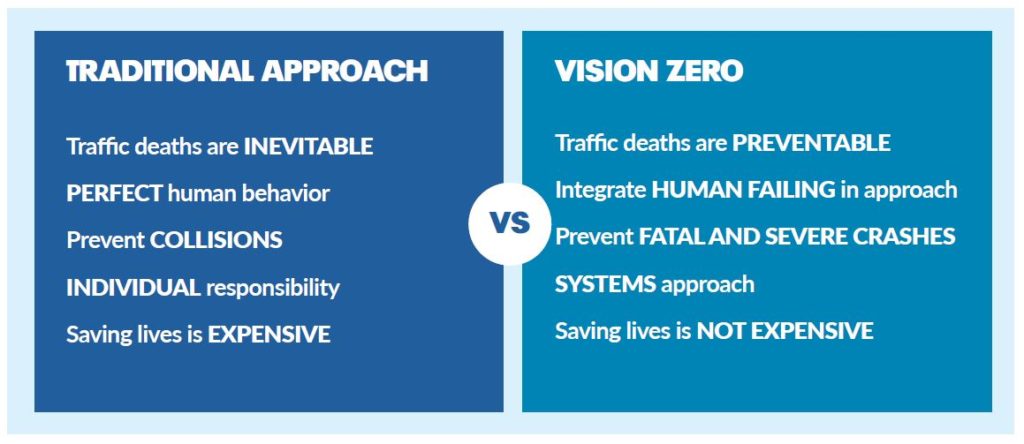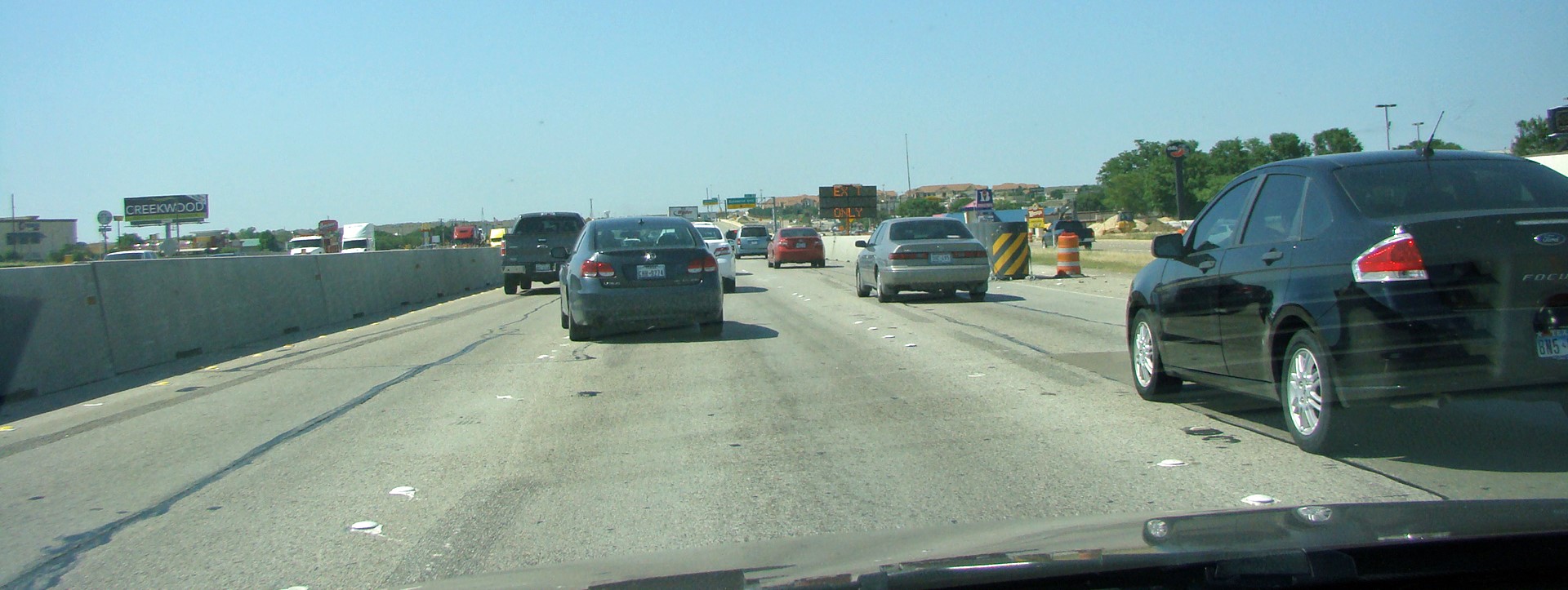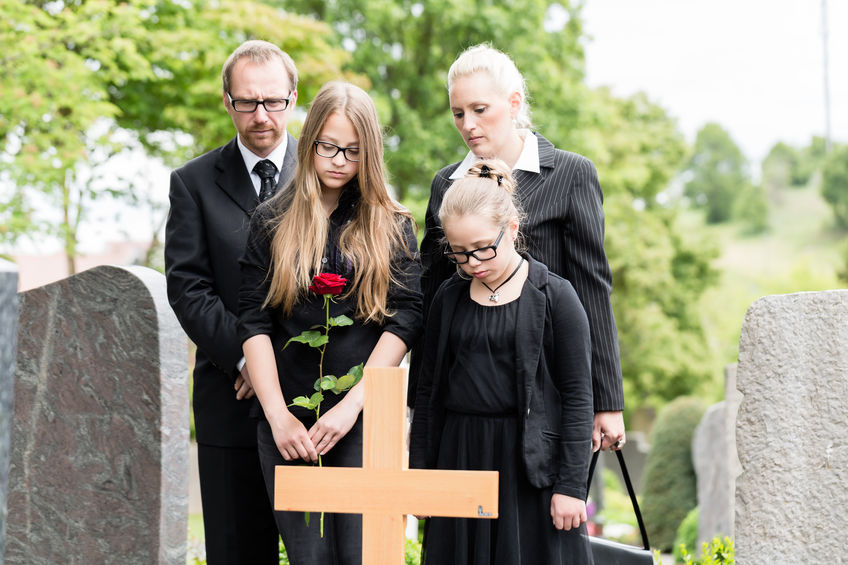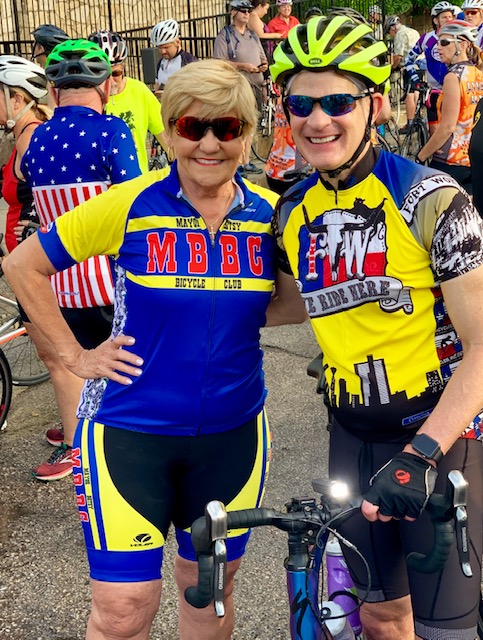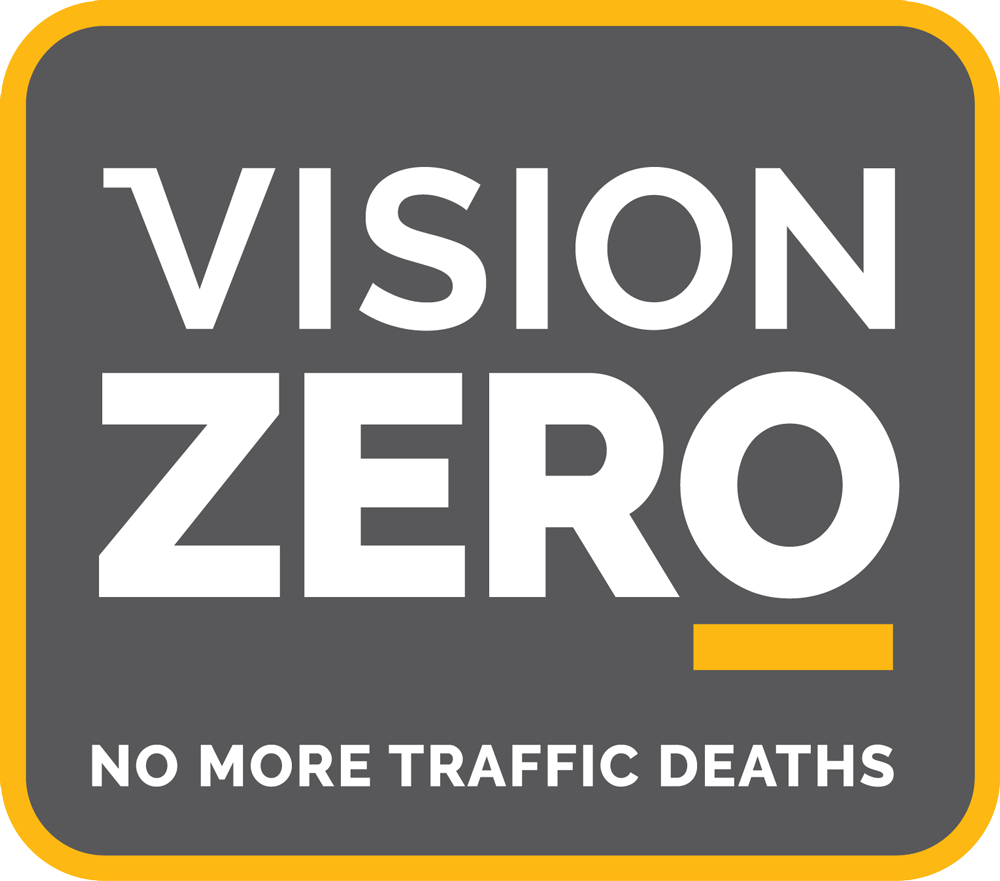
Last week our Fort Worth City Council approved the Vision Zero plan to make our streets safer. Bravo! And this came just a week after a worldwide protest called for a halt to traffic violence.
Fort Worth is just the fourth city in Texas to adopt Vision Zero. And there are only about 50 cities out of approximately 300 which have done so in the United States. All cities must adopt this bold concept. Our roads and highways are alarmingly dangerous.
What is Vision Zero?
The Vision Zero Network studies crash data and and works to implement needed safety improvements.
Fort Worth will now have a comprehensive master plan that traffic planners, law enforcement officials, and legislators can use as a guideline.
The goal is based on a simple concept: safe mobility for everyone.
Vision Zero believes that there are no “car accidents” since all are preventable collisions. It aims to change the traditional way of thinking about traffic deaths.
Vision Zero has a lofty goal of eliminating all traffic fatalities and serious injuries now. By comparision, the Texas Department of Transportation has been ordered to make this happen by the year 2050.
Why Vision Zero is essential
Fort Worth has suffered nearly 100,000 vehicle crashes from 2014 to 2018. Tragically in those five short years, over 1,000 people people died and about 7,000 others sustained a serious injury, up a huge 27%.
Further, Fort Worth has been listed as a Focus City by the Federal Highway Administration because we are one of the most dangerous cities to walk around in the country. We lost 140 of our residents who were pedestrians, a whopping 100% increase.
What Fort Worth has done to reduce deaths and serious injuries from crashes
The city knows it has a serious problem. Of course, all cities do. Fort Worth adopted some good plans to try to decrease these shocking numbers, but unfortunately these have not been enough:
- 2010 – Bike Fort Worth Plan
- 2011 – Safe Passing Ordinance
- 2014 – Walk Fort Worth Plan
- 2014 – Blue Zones Project
- 2015 – Pedestrian and Bicycle Advisory Commission
- 2016 – Master Thoroughfare Plan Update/Complete Streets philosophy
- 2019 – Active Transportation Plan
We need to do more to combat traffic violence
For starters, we need to keep building safer roads, bike lanes, and sidewalks. And redesigning roads and interchanges that contribute to car wrecks.
We have to change our car-centric culture. We have a one person-one vehicle mindset that clogs our highways. More than half of vehicles here are trucks and SUVs, further making our crashes even more lethal and crowding our roads. We need better public transportation, although the buses are mostly empty now as everyone owns a car and gas is cheap.
Our population is booming, but we cannot just continue to build and widen new highways as if this will somehow solve our problem.
Bicycle, scooter, and walking lanes need to be adopted and utilized. They are in most other major cities throughout the world. There has been good progress in Fort Worth but much more is needed. And we have to encourage more people to get out of their cars to use them.
We must continue to modify existing streets and improve intersections and calm traffic. The Forest Park Boulevard “road diet” and the 7th Street and TCU/Berry Street redesigns come to mind near our office on the west side.
Many of our intersections need some tweaking. They are the scene of one-half of vehicle and pedestrian crashes. Here were the top five worst intersections in Fort Worth last year, a good place to start. And now that the deterrent effect of red-light cameras has been eliminated, you can be sure that intersections will be even more dangerous.
We need to change driver behavior
Of course, this is the the even harder part, but we must figure out ways that will
- Slow people down. Fort Worth has too many roads where you can feel like you are driving at the Texas Motor Speedway;
- Stop red-light running, which is almost a given; and
- End the constant use of cell phones, again a constant on our roads.
Wrongful deaths and personal injuries after vehicle crashes are a major problem in Texas
Here are two of many terrible statistics:
- every day for the past 20 years, at least one person has died on Texas roads.
- Six Texas cities rank in the top 13 in the U.S. for the most traffic fatalities. The list is headed by Dallas and followed by Fort Worth, Houston, San Antonio, Austin, and El Paso.
New laws could help
Vision Zero Texas has an ambitious agenda to enact new laws. The organization will lobby our state leaders to
-
- fund more money for highway safety,
- reduce speed limits in residential neighborhoods to 25 mph,
- require drivers to stop (not yield) at pedestrian crossings, and
- map safer routes for children to walk to schools.
Unfortunately the Texas legislature does not meet again until 2021 and state leaders have not treated this issue as a priority.
Berenson Injury Law supports Vision Zero and traffic safety
Hopefully Vision Zero will help reduce the sky-high number of deaths and injuries we see day after day.
The need for the Vision Zero plan is incredibly obvious. If you get out of your vehicle, you often feel like you are taking your life in your hands.
Mr. Berenson has seen far too many victims of our dangerous roads over the past nearly 40 years as a Fort Worth personal injury lawyer. He serves on several safety committees, has sponsored safety initiatives including this year’s first city-wide bike rodeo, and will continue to work to achieve less dangerous roads.
He is also keenly aware of the hazards of running and riding bicycles on our road, which he does often, including here at the start of the Tour de Fort Worth in June with our wonderful bicycle-friendly Mayor Betsy Price.
Vision Zero is essential. We owe it to ourselves to make getting from Point A to Point B safe.
Related posts:
Fatal car crashes by red light running at all time high
Texas pedestrian deaths alarming


